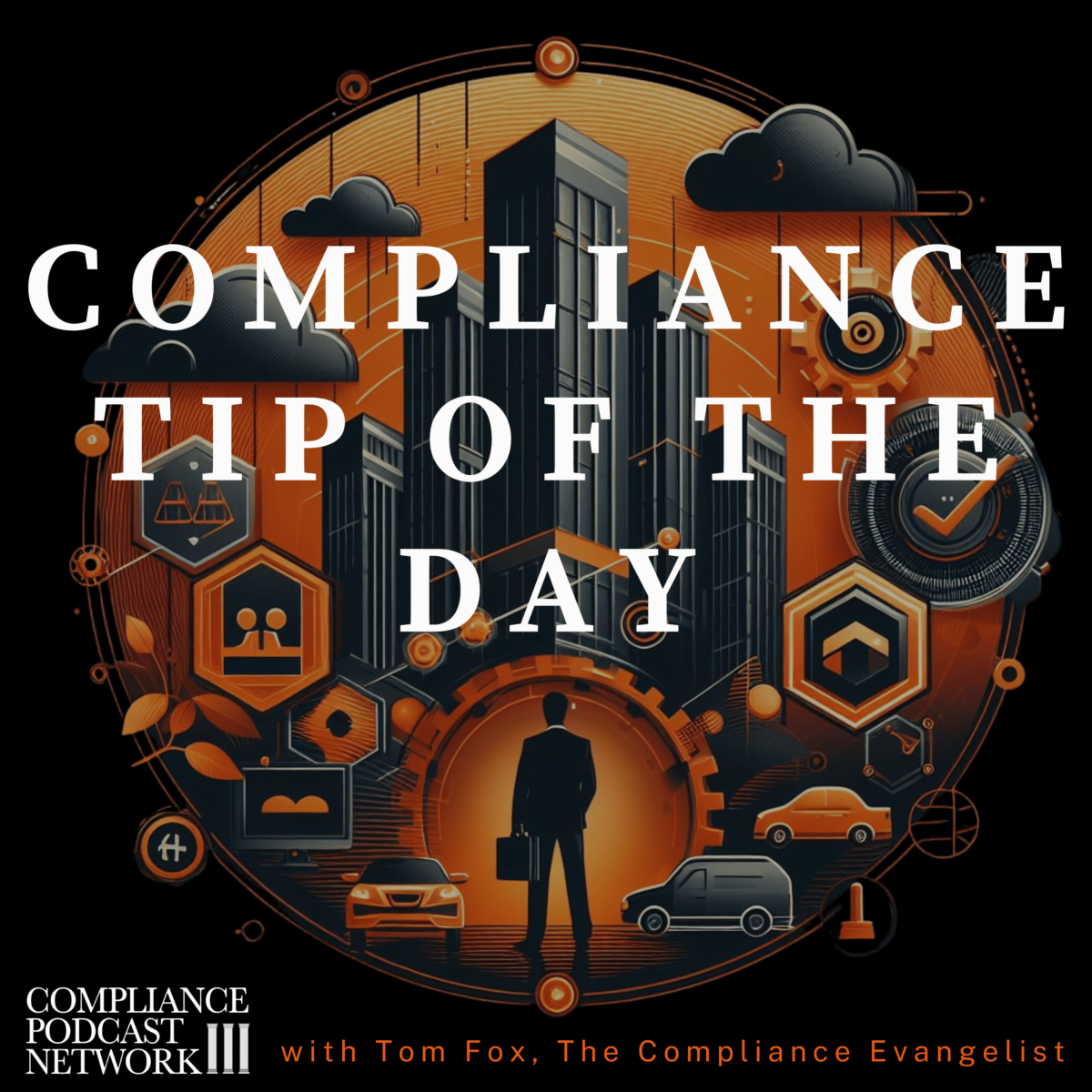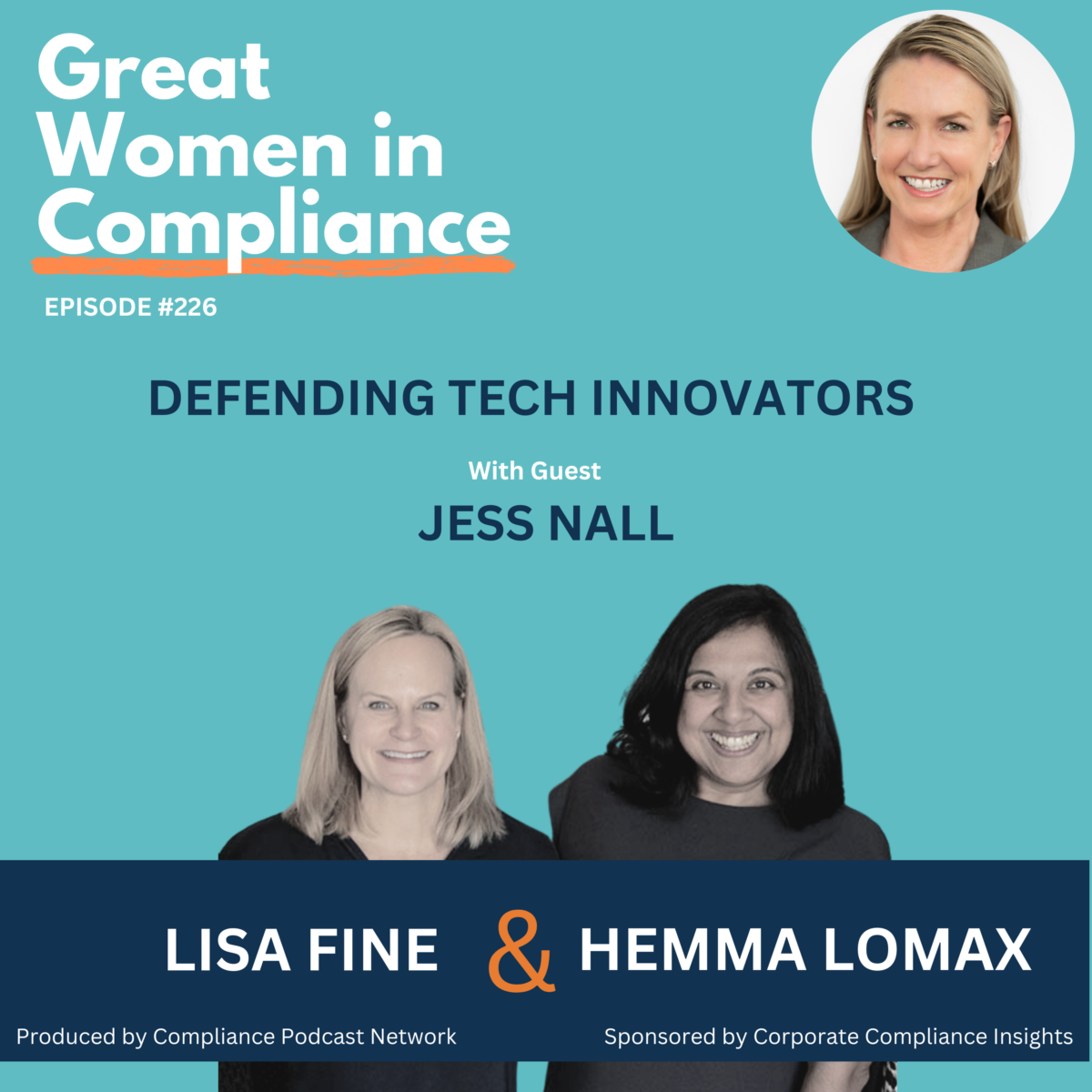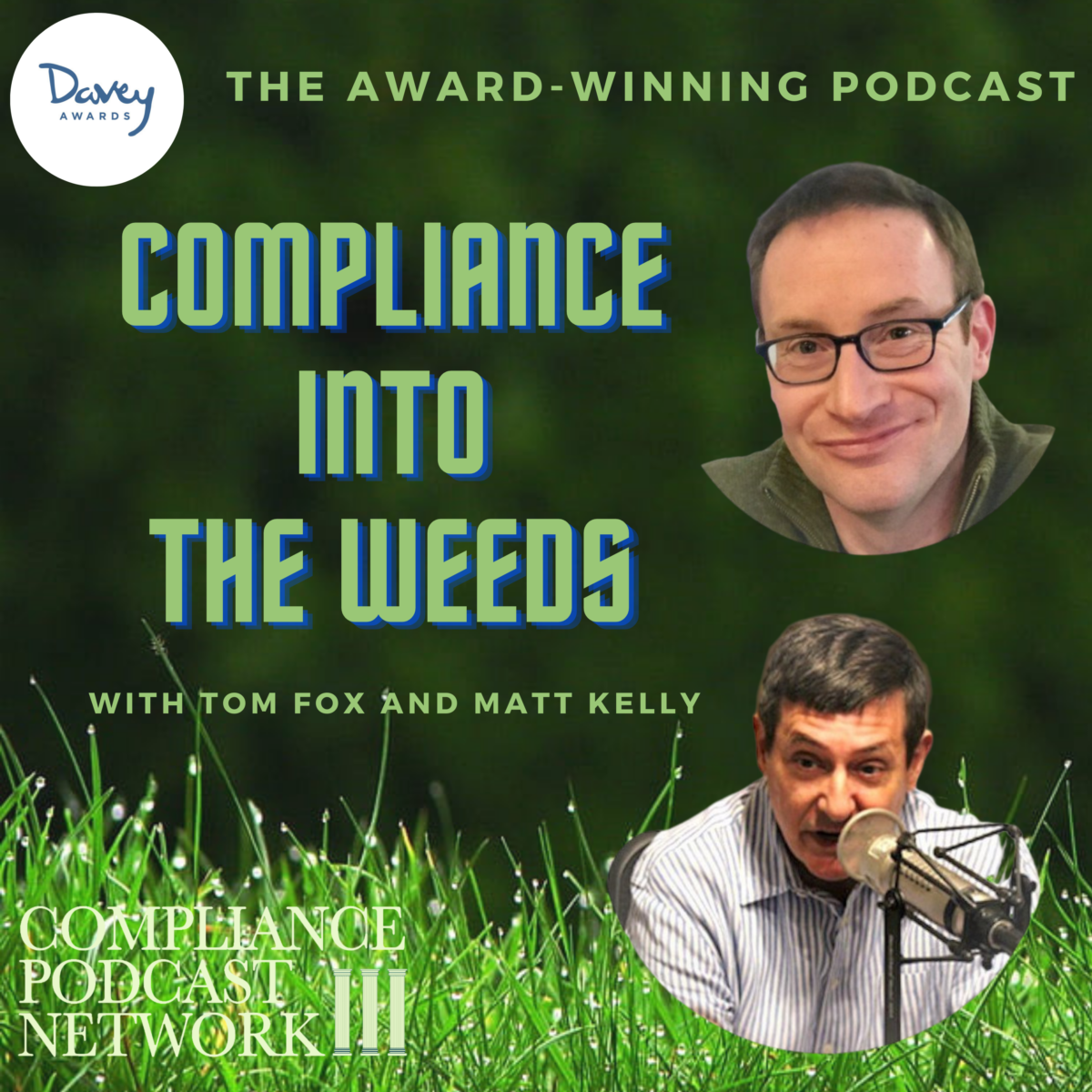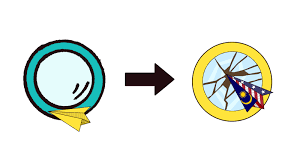Where does creativity fit into compliance? In more places than you think. Problem-solving, accountability, communication, and connection—they all take creativity.
Join Tom Fox and Ronnie Feldman on Creativity and Compliance, part of the award-winning Compliance Podcast Network.
Ronnie’s company, Learnings and Entertainment, utilizes the entertainment devices that people use to consume information in their everyday, non-work lives and applies it to important topics around compliance and ethics. It is not only about being funny. It is about changing the tone of your compliance communications and messaging to make your compliance program, policies, and resources more accessible.
Today Ronnie and Tom consider how Reels and Shorts can be used by compliance for great engagement and compliance communications.
In today’s digital era, the concept of utilizing social channels for communication is gaining significant momentum. Fox, a strong advocate for the use of social channels, believes in integrating elements of pop culture and millennial trends into corporate communication efforts to ensure the message is not only informative but also entertaining. Such strategies can enhance visibility, influence, and the overall effectiveness of compliance programs.
Similarly, Ronnie emphasizes the need to adapt to modern communication trends, such as the use of short, engaging videos akin to those found on platforms like TikTok and YouTube. Incorporating fun and interesting videos into communication strategies can help break down barriers, increase engagement, and ultimately improve the effectiveness of compliance training and messaging.
Both these experts highlight the importance of simplifying messages, adding entertainment value, and distributing content in various places to increase visibility and influence within the organization.
Key Highlights:
- Engaging Short Videos for Corporate Communication Strategy
- Engaging Corporate Communications Through Multimedia Tactics
- Engaging Compliance Programs for Organizational Influence
Resources:
Ronnie
- Ronnie Feldman (LinkedIn)
- Learnings & Entertainments (LinkedIn)
- Ronnie Feldman (Twitter)
- Learnings & Entertainments (Website)
- Compliance Confessions – inspired by “Mean Tweets,” these 90-second commercials address misconceptions and excuses to promote speak up culture and the E&C team as positive and helpful.
- E&C Training Jams – a soulful singer who banters with ethics & compliance explaining policies, sharing examples and debunking excuses.
- Tales from the Hotline – Real speak up-themed stories about workplace behavior gone wrong.
- Workplace Tonight Show! – E&C meets SNL Weekend Update, explaining corporate risk topics and why employees should care.
- 60-Second Communication & Awareness Shorts – A variety of short, customizable, music and multimedia, quick-hitter “commercials” promoting integrity, compliance, speaking up and the E&C team as helpful advisors and coaches.
- Custom Live & Digital Programing – Custom creative programming that balances the seriousness of the subject matter with a more engaging delivery. After all, you can’t bore people into learning.
Tom
For more information on the Ethico ROI Calculator and a free White Paper on the ROI of Compliance, click here.













